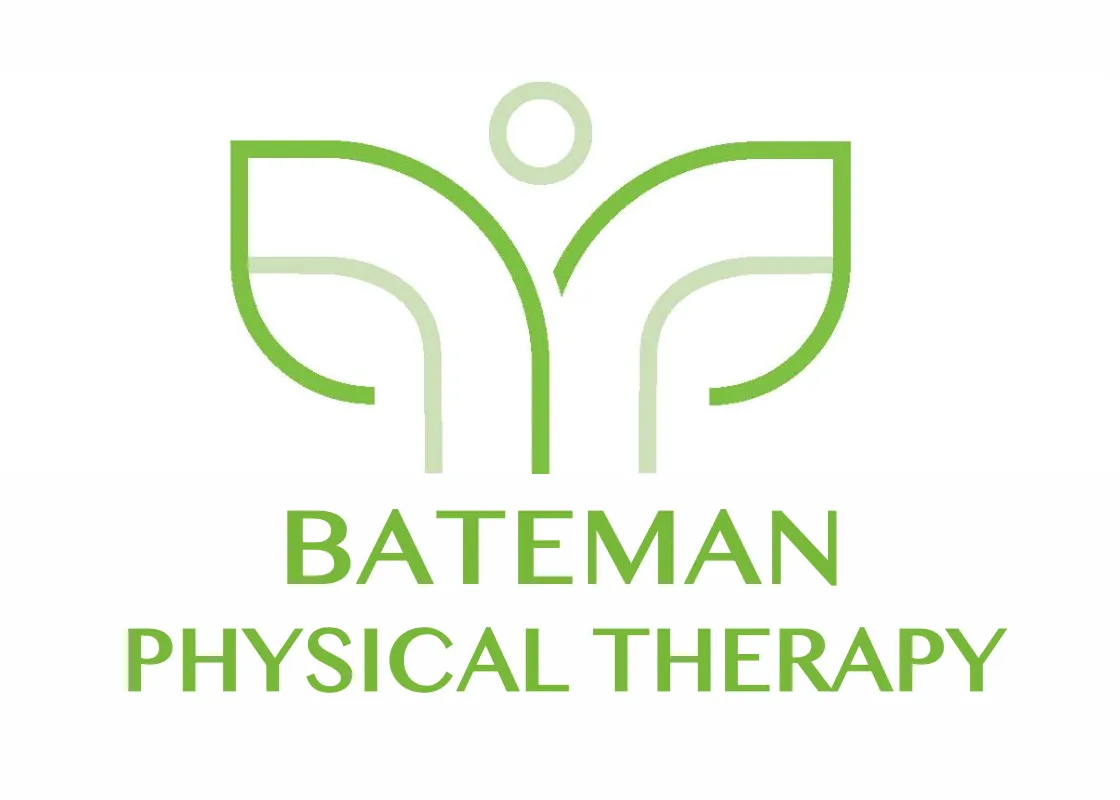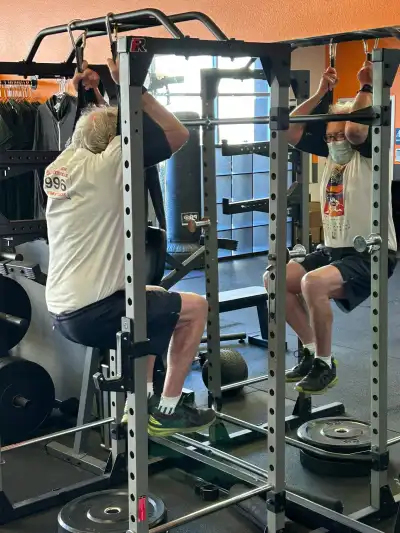The most common new year’s resolution is incorporating more exercise or improving your fitness, however only about 4% of people actually follow through with their New Year’s Fitness Resolutions. The biggest causes of not meeting your fitness goals are not tailoring them enough to your lifestyle, and unanticipated roadblocks. A phrase in the physical therapy realm that targets this issue is called load management.
WHAT IS LOAD MANAGEMENT?
Load management optimizes performance to reduce the likelihood of an injury. This involves monitoring and adjusting training and/or activity volume and intensity. Load management is a term being thrown around frequently in sports where peak performance is necessary. A lot of money is at stake to keep athletes healthy, take for example Kawhi Leonard in this article. Dr. Marcus Elliott, founder of the Peak Performance Project, states: “The body likes to go hard, and then it likes to rest… It wants to have a chance to adapt to that load you just gave it.” This quote highlights the basis of understanding load management. Recognizing everyone has a different “capacity” at which you can load your body. If you go beyond your body’s capacity or ability to recover, it is likely to injure in some fashion.

IS LOAD MANAGEMENT ONLY FOR ATHLETES?
No, load management is relevant for anyone wanting to reduce the risk of an injury occurring. This includes more than just individuals with fitness resolutions in 2022. We all have different capacities for load based on what our bodies are used to doing daily. An elite athlete who competes in one game per week and suddenly increases to five games per week can become injured. Conversely, someone who is more sedentary and increases their volume of exercise by carrying more grocery bags can also incur an injury. Each of these scenarios demonstrate a case where a person’s tissue/load tolerance is exceeded and an injury is more likely to happen.
WHAT CAUSES TRAINING LOAD ERRORS
Dr. Rich Willy, Phd, PT is well known for his research in load management, particularly with runners. According to his research, injuries in tendons usually peak around 3-6 weeks following a training load error. Fitness resolutions that increase running mileage might look like going from running 3 miles a week to running 30 miles in a week. You would expect to see an injury occur around week 3-6 if continuing with this new volume of exercise. Coincidentally, this is the time when most people tend to abandon their health fitness goals. This aligns with what CNN recently reported; Around 80% of people abandon their new year’s fitness goals by February.

THE IMPORTANCE OF LOAD MANAGEMENT AND PHYSICAL THERAPY
Through personal experience, I would like to demonstrate the importance of seeking out a PT when making fitness resolutions. In 2021, I was training to increase my running mileage. For several weeks I was adding on a ½ mile a week, and I was making progress. One morning I woke up and my right hip was more sore than usual. By the time I grabbed my morning coffee (black cold brew) things started to loosen up, so I wasn’t too concerned.
My afternoon run started out the same as normal: a mile to get loose before I started to settle in on my target pace. However, this time, I felt a mild ache in my hip that I had not experienced while running before. Nearing the end of my run, I had residual soreness, but gave little thought to this. Usually the pain dissipates in a day or two and I continue on, but this time it progressed to an injury.
Typical to being an athlete, I powered through and maintained my frequency; running three days a week, but my hip just kept getting worse. Two weeks into noticing symptoms in my hip, I began experiencing sharp knee pain on the same leg. My running injury was a direct result of loading a specific tissue to the point of injury. The pain that resulted was significant enough to impede training as well as impact my physical and mental wellbeing.
WHY DID THIS HAPPEN?
Upon reflection, I didn’t evaluate my current load capacity and determine if the volume I was training at matched that load. I was training at an intensity and frequency beyond what my body was able to do without an injury. With appropriate steps to prepare and plan, I could have avoided this setback. Athletes and the “Average Joes” of the world, can mitigate this same fate if working alongside a qualified PT that is well versed in body movement and injury reduction.
INCREASING LOAD TOLERANCE FOR FITNESS RESOLUTIONS
Exercise and physical activity can be used to increase load tolerance and reduce risk of injury when appropriately planned. A doctor of physical therapy can assist you in selecting the right type of exercises in the right way. PTs understand the physiological changes that occur on a cellular level in response to training that will increase your capacity for physical activity or sport. Elite athletes approach training in the same manner, and staffing a PT is becoming commonplace as teams are realizing the value of a PT’s skill set.
My previously mentioned running injury was the consequence of several factors. I had not properly trained myself to perform at the intensity I was targeting and I was not giving myself adequate rest to fully recover from my activity. My problem was resolved by reducing (not eliminating) my frequency, intensity and duration of each run until my knee and hip symptoms resolved. By modifying my running volume (how many miles I run), my risk of re-injury has been reduced, and my running performance outlook has improved.
HOW TO REDUCE SETBACKS WITH YOUR FITNESS RESOLUTIONS
Injuries in new fitness routines are typically due to a variety of factors such as: weakness; increasing the overall amount of exercise too quickly and with too little rest (poor “load management”); poor quality movement patterns; prior injury; lack of sleep; poor nutrition; life stressors, etc. Physical therapists are trained to evaluate these factors and create an exercise program that is based on your goals and lifestyle heading into the new year. Assessments for your health and fitness can cover a wide range including areas such as: strength, flexibility, and functional movement patterns in activities you enjoy (running, cycling, lifting weights, etc.).
The key to proper load management is to find the perfect balance of work and rest for your goals. Too much of one or the other increases your risk of injury, and a PT can help you find this balance. It is your responsibility to take the recommendations and put in the work towards your goals. Doing this saves you time, money, and your health!
CONCLUSION
If you plan to put together a new exercise routine for the year, consider seeking out a PT. Your best chance at success and reducing your risk of injury is by seeking out someone who analyses movement patterns. A physical therapist will evaluate where your health and fitness is currently and help you create a roadmap for where you would like it to be. Our Physical Therapy team can help with just about any physical problem you may encounter.
SOME COMMON INJURIES RELATED TO FITNESS RESOLUTIONS INCLUDE:
- Back pain
- Muscle pulls and strains
- Sprained ankle
- Shoulder injuries
- Knee injuries
- Shin splints
- Tendonitis
- Wrist sprains
- Muscle soreness
WHY BATEMAN THERAPY SERVICES?
At Bateman Therapy Services, our goal is to help you become more confident in how you move, to improve your health. Bateman Therapy Services is a family-owned professional PT practice. We provide Physical Therapy in your home, so you can skip driving to the PT clinic; think of us as the equivalent of Uber Eats in the healthcare world. Mobile PT allows us to easily provide PT services to: Livermore, Pleasanton, Dublin Danville, San Ramon and the surrounding area.
Many people treat PT the same as any other pain management service — like massage, chiropractic care, and acupuncture. However, PT is different because the goal is to prevent your pain before it happens. Physical Therapy keeps you living the life you want to live, and helps train you for the life you want to lead.
We specialize in all conditions of movement, including but not limited to: helping you achieve your fitness resolutions, sports medicine, lower back pain, outpatient orthopedic and sports physical therapy; and more. For the most dedicated physical therapy near you, click the button below to call Bateman Therapy Services.



